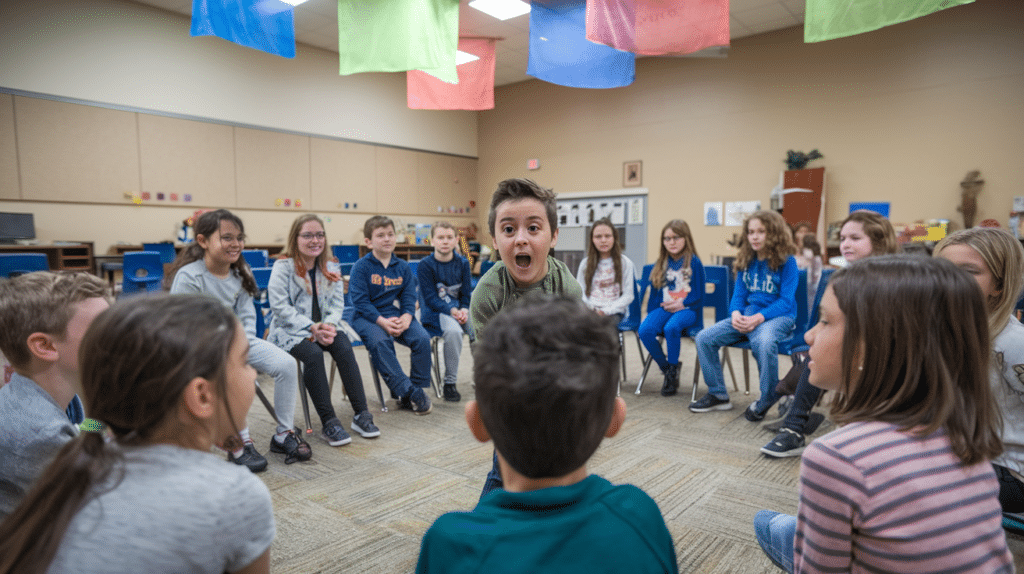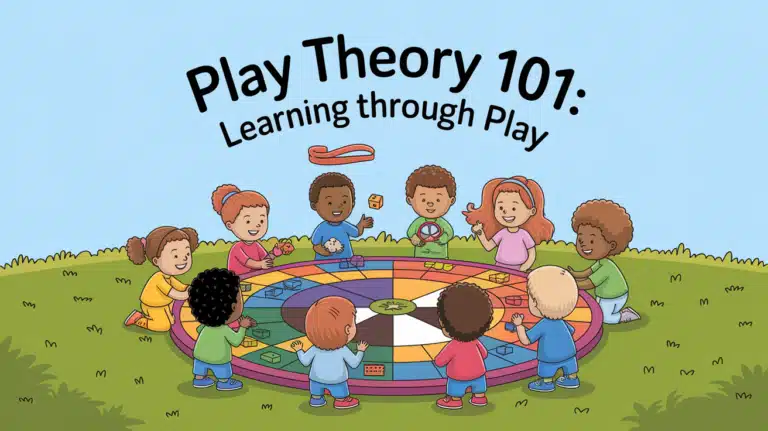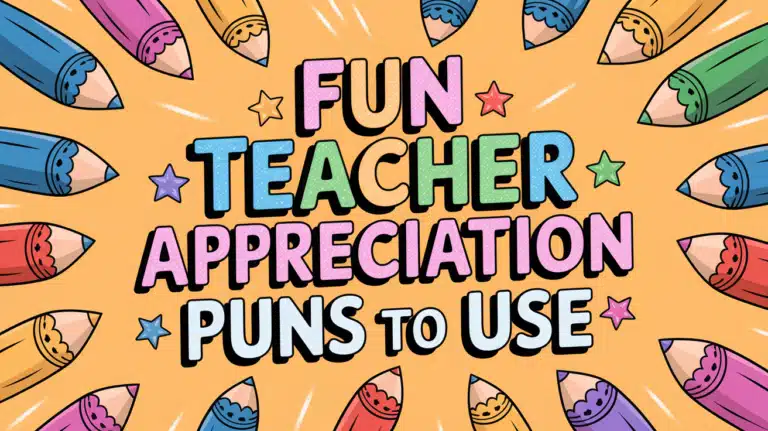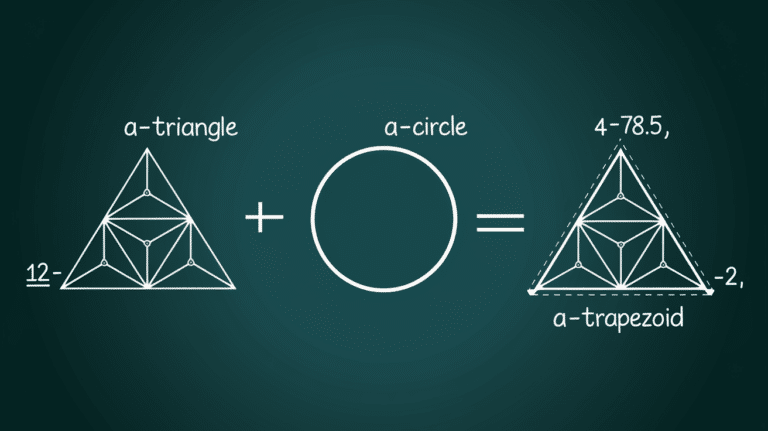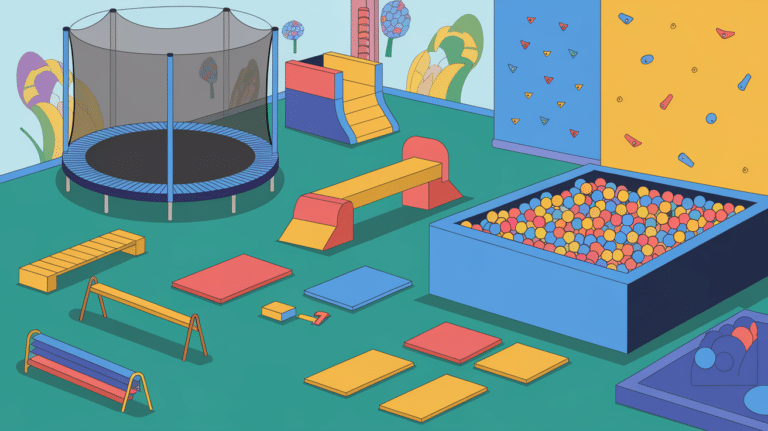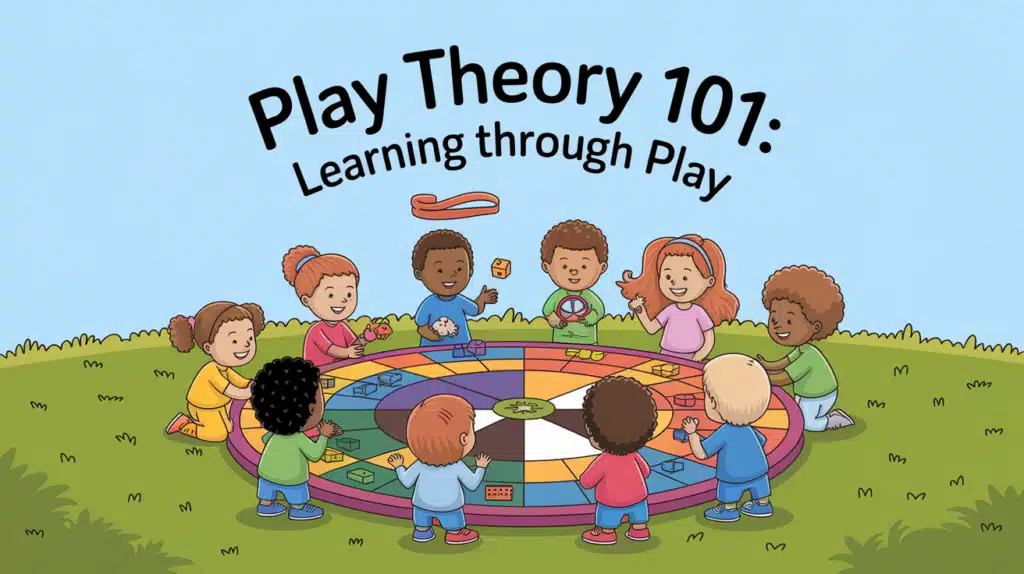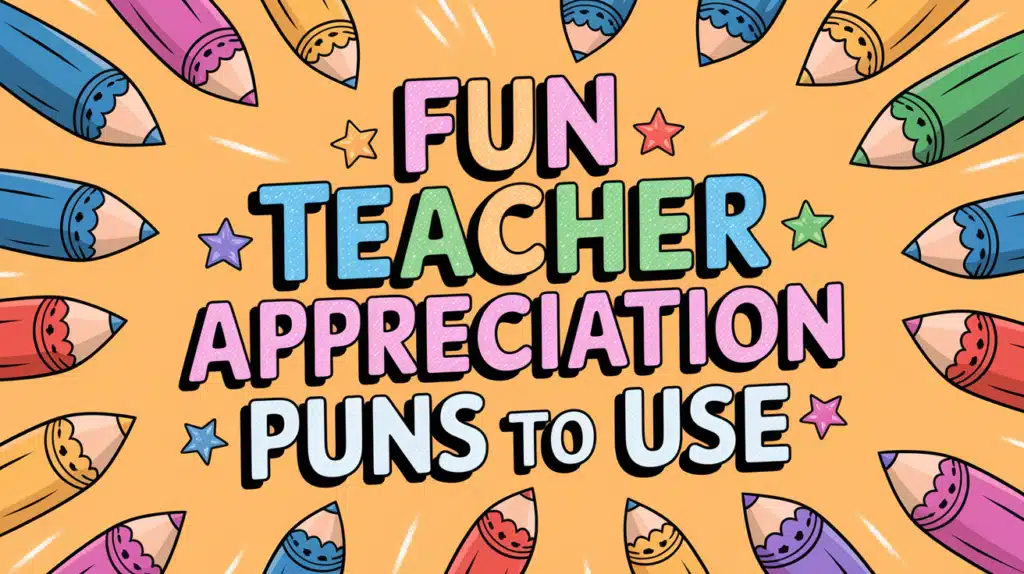Finding fun, engaging activities that work well in elementary classrooms can be tough. Kids need movement and play, but teachers also want them learning while they’re having fun.
It’s a tricky balance that many educators and parents struggle with daily.
Charades for elementary school offers a simple solution that brings laughter and learning together.
This classic game helps children build confidence, practice communication skills, and burn off energy – all without special equipment or lengthy prep time.
This blog will share how to run charades for elementary school settings, offer age-appropriate word lists, and explain the hidden educational benefits that make this more than just a good time.
Readers will get to know how this timeless game can bring joy to classrooms and homes.
The History of the Playful Act: Beginning of Charades
The roots of charades go back much further than many teachers and parents might think. This beloved classroom game began not as a children’s activity but as a sophisticated parlor game among French nobles in the 18th century.
Originally, charades took a different form than what we see in elementary schools today. Players would break a word into syllables, acting out each part separately. This word-puzzle approach made charades a test of both acting skill and word knowledge.
By the 19th century, the game had spread across Europe and to America, where it became a staple of social gatherings. Key moments in charades history include:
- 1800s: Charades became part of Victorian parlor entertainment, documented in books of games and amusements
- Early 1900s: The game shifted from syllable-based clues to acting out the entire word or phrase
- 1930s-40s: Charades found its way into summer camps and school settings
- 1960s-70s: Television shows like “Pantomime Quiz” brought charades to mass audiences
- 1980s-present: The game became a standard in elementary education as teachers noted its benefits
What began as entertainment for aristocrats became one of the most accessible games for young children. Its simplicity and adaptability helped charades survive through cultural changes that made other historical games obsolete.
Teachers today use essentially the same activity that brought laughter in candlelit parlors two centuries ago, proof that good ideas in education endure.
How to Play Charades with Elementary School Students

Setting up charades for elementary school students requires clear, simple rules. Here’s how to play this fun game with young children:
- Split the class or group into two teams. Small groups work best for younger children, as waiting too long for turns can lead to restlessness.
- Create word cards suited to the children’s age. For first and second graders, use animals, simple actions, or cartoon characters. Older elementary students can handle more complex ideas like book titles or movies.
- Place all word cards in a container. This could be a hat, box, or basket—anything that hides the cards from view.
- Decide which team goes first with a quick coin toss or by asking the teams to guess a number.
- The first player picks a card without showing it to anyone else. Give them a moment to think about how they’ll act it out.
- Set a time limit. For younger kids, one to two minutes works well. Use a timer that everyone can see.
- The player must act out the word or phrase without speaking or making sounds. Lip movements that hint at the word are not allowed.
- Players can point to objects in the room if needed but cannot spell out words with their fingers or use “sounds like” clues.
- The player’s team tries to guess the word within the time limit. Only guesses from their team count.
- If the team guesses correctly within the time limit, they earn a point. If not, the other team gets one chance to steal by making a single guess.
- Teams take turns, with each player getting a chance to act out a word.
- The first team to reach ten points wins or sets a fixed number of rounds if time is limited.
- For very young children, consider playing as one big group rather than competing teams, making it more about fun than winning.
Let’s Start The Act: Ideas for Charades
Charades is a classic game that brings excitement and laughter, making it an ideal activity for elementary school students. It encourages creativity, teamwork, and problem-solving as kids express ideas without words.
It doesn’t matter if you are at a party or in the classroom; this game promotes fun learning experiences.
Below, you’ll find a collection of 222 charades ideas, divided into categories to make it easy to pick and play!
Here is the full set of 222 charades ideas, organized into categories:
Easy and Cute Animal-Related Charades Idea

-
Elephant
-
Monkey
-
Alligator
-
Penguin
-
Snake
-
Frog
-
Lion
-
Butterfly
-
Kangaroo
-
Fish
-
Dog
-
Cat
-
Horse
-
Rabbit
-
Giraffe
-
Bee
-
Dolphin
-
Bear
-
Zebra
-
Peacock
-
Turtle
-
Owl
-
Rooster
-
Crocodile
-
Octopus
Common Objects Related Ideas

-
Telephone
-
Book
-
Television
-
Scissors
-
Sunglasses
-
Fan
-
Backpack
-
Umbrella
-
Camera
-
Computer
-
Pencil
-
Clock
-
Chair
-
Lamp
-
Mirror
-
Toothbrush
-
Globe
-
Kite
-
Microscope
-
Paintbrush
-
Helmet
-
Calculator
-
Flashlight
-
Telescope
-
Wheelbarrow
Day-to-Day Activities Related Ideas

-
Jumping on a trampoline
-
Flying a kite
-
Riding a bicycle
-
Walking a dog
-
Doing a puzzle
-
Drawing
-
Building a snowman
-
Skateboarding
-
Playing hide and seek
-
Building a sandcastle
-
Singing
-
Dancing
-
Cooking
-
Gardening
-
Fishing
-
Painting
-
Swimming
-
Climbing a tree
-
Playing the piano
-
Taking photographs
-
Acting in a play
-
Camping
-
Jogging
-
Reading a book
Be Your Future Self: Profession-Related Charades Idea

-
Doctor
-
Teacher
-
Firefighter
-
Chef
-
Farmer
-
Police officer
-
Construction worker
-
Nurse
-
Artist
-
Mechanic
-
Scientist
-
Librarian
-
Athlete
-
Singer
-
Dancer
-
Actor
-
Waiter
-
Photographer
-
Bus driver
-
Pilot
-
Soldier
-
Sailor
-
Baker
-
Plumber
-
Electrician
-
Gardener
-
Cleaner
Fantasy World: Making the Fairy Tale Come True
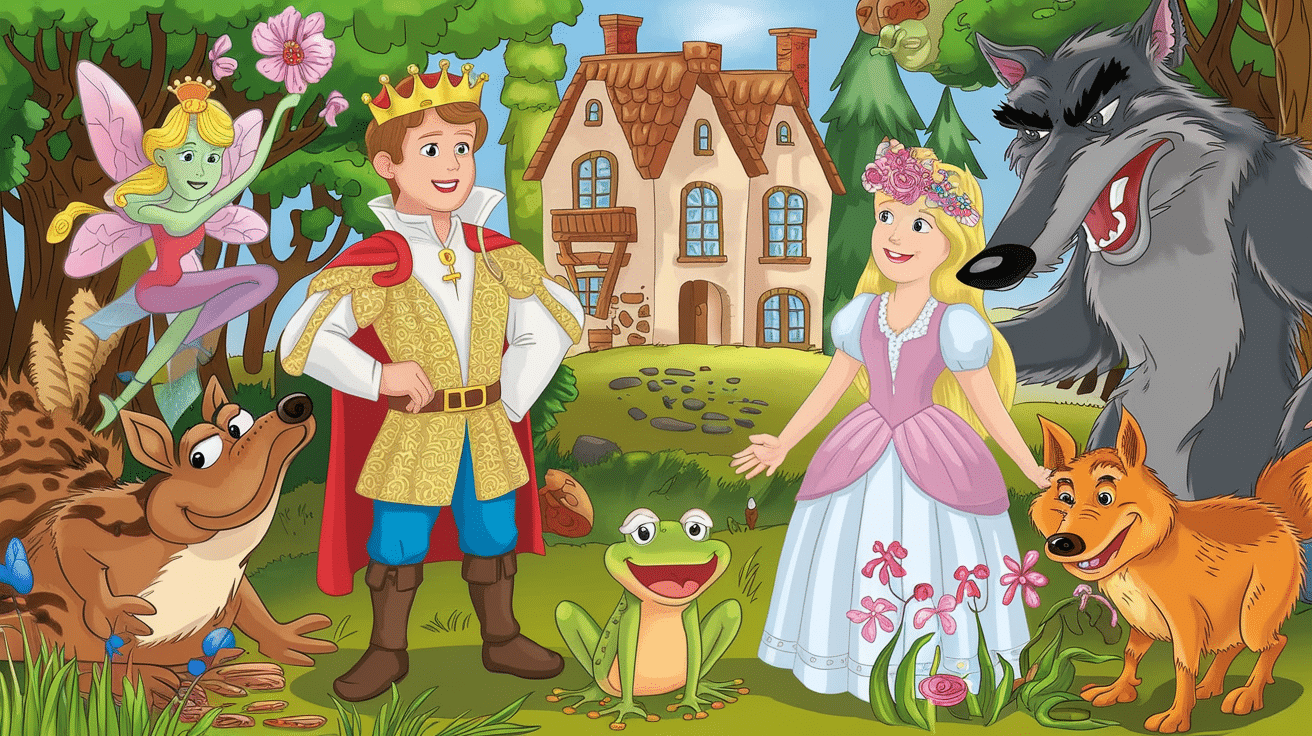
-
Cinderella
-
Snow White
-
Sleeping Beauty
-
Little Red Riding Hood
-
Pinocchio
-
Aladdin
-
Jack from Jack and the Beanstalk
-
Rumpelstiltskin
-
The Big Bad Wolf
-
Hansel and Gretel
-
Rapunzel
-
The Three Little Pigs
-
Peter Pan
-
Tinkerbell
-
Ariel
-
Simba
-
Beauty and the Beast
-
Elsa
-
Anna
-
Pocahontas
-
Mulan
-
Moana
-
Merida
School-Related Actions
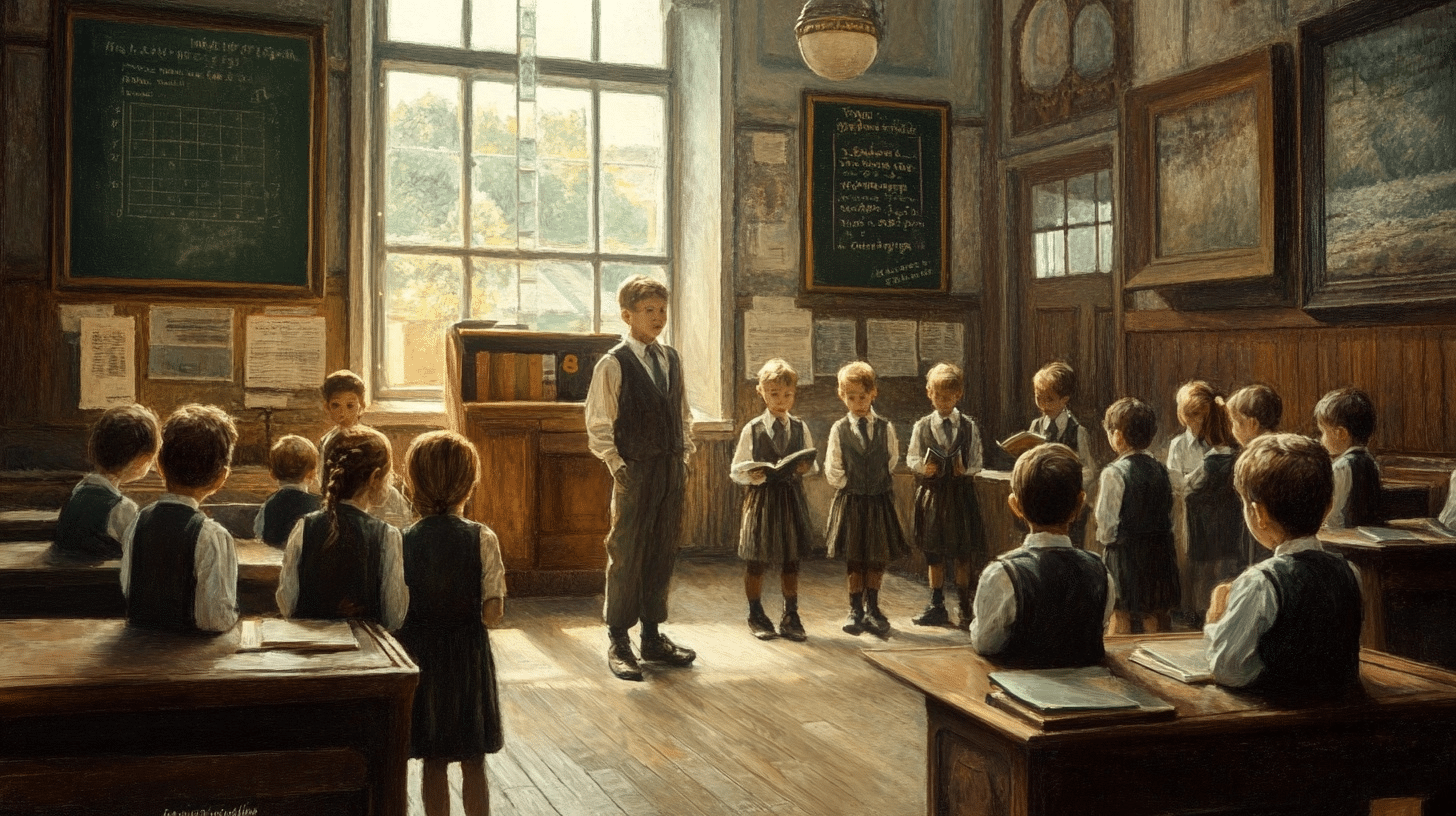
-
Writing on the board
-
Reading a book
-
Giving a presentation
-
Asking a question
-
Taking a test
-
Drawing a picture
-
Playing with a pencil
-
Raising a hand
-
Putting away books
-
Eating lunch
-
Packing a bag
-
Playing on the playground
-
Running a race
-
Taking a nap
-
Painting
-
Doing math
-
Science experiment
-
Giving a speech
-
Walking to class
-
Playing sports
-
Writing in a notebook
-
School bell ringing
-
Doing homework
-
Answering a question
-
Giving a high-five
-
Doing a project
-
Using a calculator
-
Taking notes
-
Talking to friends
-
Playing hopscotch
Expecto Patronum: Famous Characters

-
Harry Potter
-
Hermione Granger
-
Ron Weasley
-
Darth Vader
-
Luke Skywalker
-
Yoda
-
Spiderman
-
Batman
-
Superman
-
Wonder Woman
-
Iron Man
-
Captain America
-
Thor
-
Hulk
-
Black Panther
-
The Joker
-
Deadpool
-
Aquaman
-
Flash
-
Wolverine
-
Catwoman
-
The Riddler
-
Harley Quinn
-
Spider-Gwen
-
Doctor Strange
-
The Flash
-
Green Lantern
-
Lex Luthor
-
Thanos
-
Venom
-
Groot
-
Rocket Raccoon
-
The Incredibles
Delicious Foods and Drinks Ideas

-
Pizza
-
Ice cream
-
Hamburger
-
Hot dog
-
Fries
-
Sandwich
-
Apple
-
Banana
-
Carrot
-
Broccoli
-
Strawberry
-
Grapes
-
Watermelon
-
Pancakes
-
Cupcake
-
Popcorn
-
Cake
-
Cookie
-
Lemonade
-
Milkshake
-
Juice
-
Tea
-
Coffee
-
Soup
-
Salad
-
Spaghetti
-
Pancakes
-
Donut
The Act of Teaching by Playing Charades
In elementary school settings, charades goes far beyond mere entertainment. This simple activity packs numerous educational benefits that support whole-child development while students laugh and play.
Physical education teachers value charades for its movement aspects.
When children act out concepts, they practice body control, spatial awareness, and coordination. For example, a student pretending to be a monkey must think about how monkeys move and then control their body to show those movements.
Communication skills flourish during charades sessions. Students must find ways to express ideas without words, which builds critical nonverbal communication abilities.
This helps children understand that communication extends beyond speaking; facial expressions, gestures, and body language all convey meaning, too.
Classroom teachers find charades helpful for academic reinforcement. The game can be adapted to practice vocabulary from any subject area:
- Science classes use animal behaviors or natural phenomena
- Social studies lessons incorporate historical figures or cultural traditions
- Language arts sessions feature book characters or story elements
- Math classes act out shapes, numbers, or measurement concepts
Emotional and social learning happens naturally during charades. Students practice taking turns, handling the spotlight, and supporting peers.
For shy children, acting without speaking sometimes feels less threatening than verbal participation. The game builds confidence as students see their classmates understand their actions.
Cognitive benefits include strengthened memory as children recall details about their assigned word.
Winding It Up
Charades for elementary school brings joy, movement, and learning together in one simple activity.
When students act out words with their bodies, they build skills across physical, social, and academic areas without even knowing they’re learning.
Teachers and parents can adjust the game to fit any group of children, making it useful for classroom lessons, rainy day fun, or family gatherings.
The lack of need for supplies makes it accessible to all.
In a world full of screens and structured activities, charades stands out as a breath of fresh air, a gentle reminder that sometimes the best learning happens when we put down our pencils, stand up from our desks, and let our bodies tell the stories our voices cannot.

